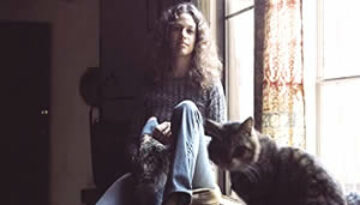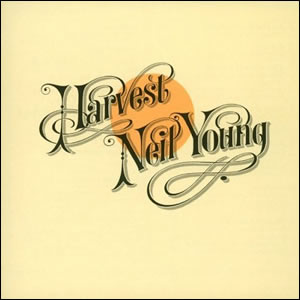Tapestry by Carole King
Buy Tapestry After spending most of the 1960s writing hits for other artists, Carole King started a solo career at the dawn of the 1970s. Her 1971 second studio album, Tapestry, became her […]

Buy Tapestry After spending most of the 1960s writing hits for other artists, Carole King started a solo career at the dawn of the 1970s. Her 1971 second studio album, Tapestry, became her […]

Buy Harvest Harvest is an album of Americana personified by Neil Young. It is where rock and roll goes to Nashville (literally), with simple and tight rhythms and subtle acoustic guitars are flavored […]

Buy Brand New Day Sting‘s sixth solo record, Brand New Day was a 1999 critical and commercial success that ultimately earned a Grammy Awards for both Best Pop Vocal Album and Best Male […]